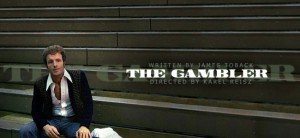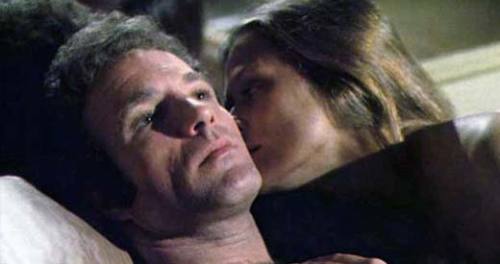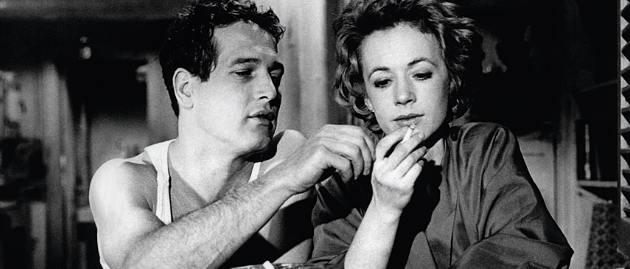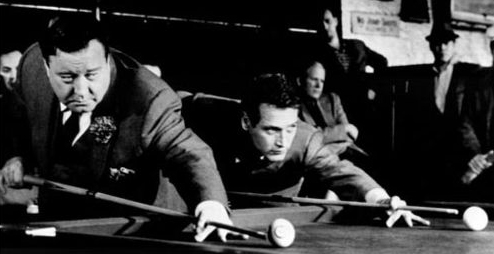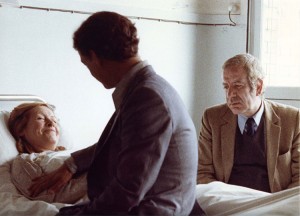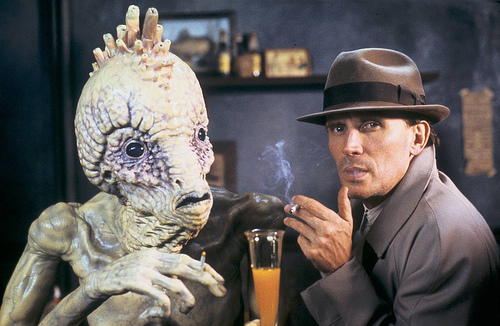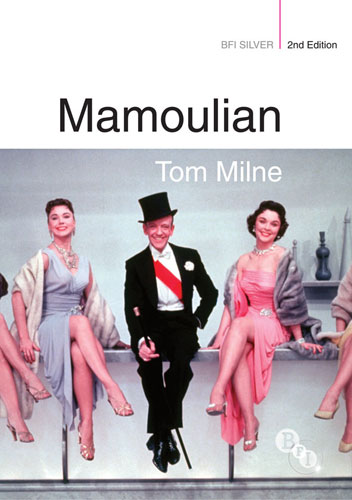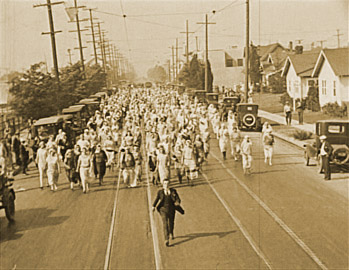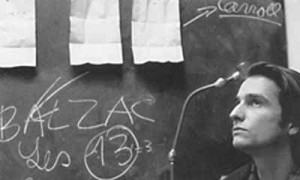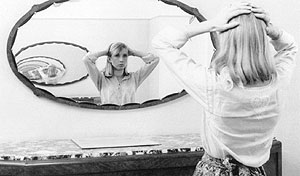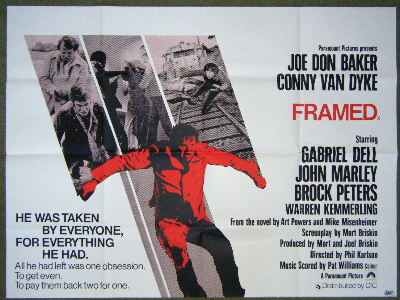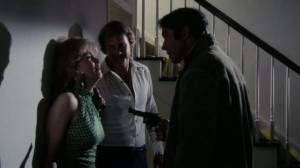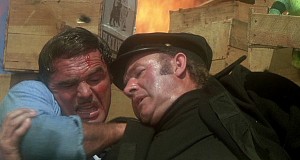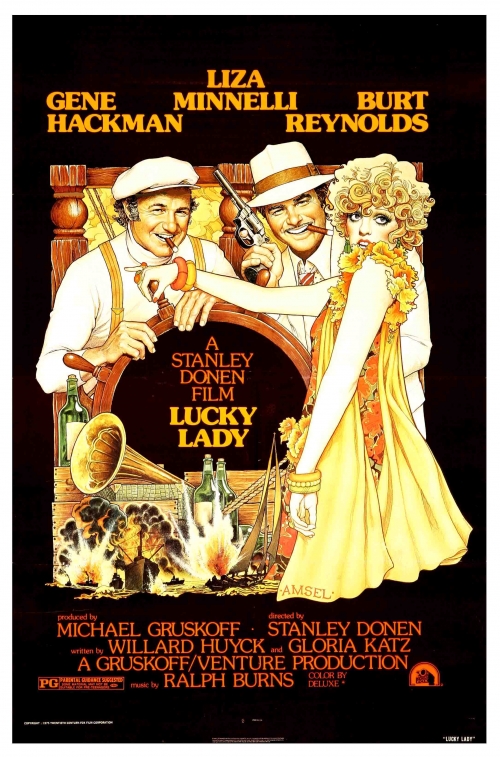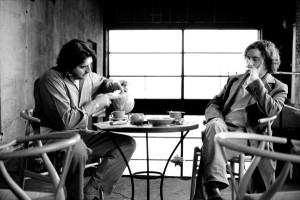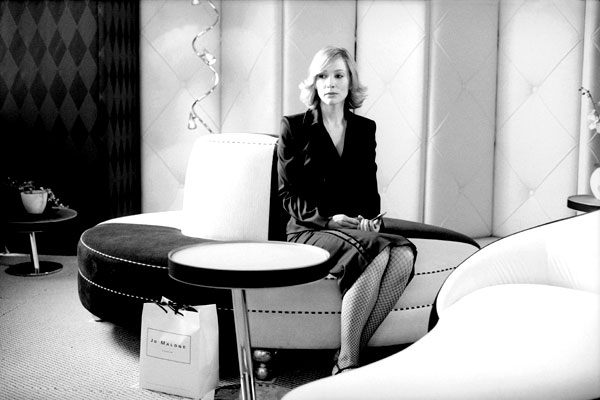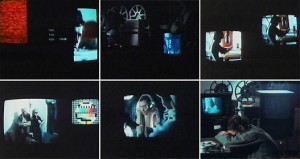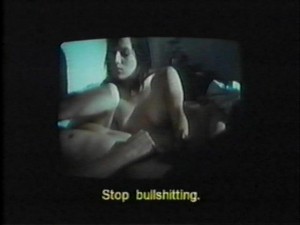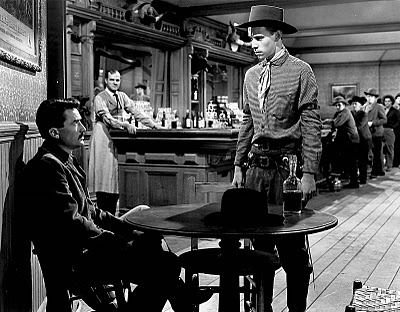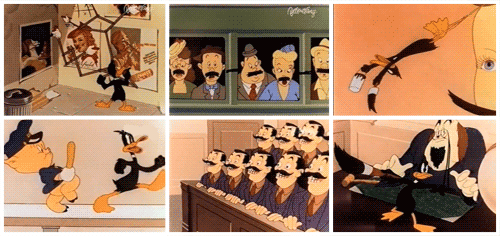From Monthly Film Bulletin, March 1975 (Vol. 42, No. 494). — J.R.
Gambler, The
U.S.A., 1974
Director: Karel Reisz
The limitations and pretensions of James Toback’s script for The Gambler are so formidable that it is difficult to conceive of any director redeeming or transcending them. A Q.E.D. (indeed, virtually ABC) demonstration of a masochist’s steady progress to self-obliteration, peppered with ‘significant’ flashbacks and literary quotes, it involves gambling no more and no less than The Conversation involves tape recording — which is to say, incidentally rather than substantively. By the end of the first reel or so, it is already painfully clear that Axel Freed (James Caan) is more interested in losing than winning, and from that point onward narrative interest is increasingly diffused by a clinical spelling out of his condition which has all the earmarks of a stacked deck. The problem is not so much a surfeit of psychological analysis — the script offers hints, not explicit causes explaining Axel’s condition — as too little to account for his behavior naturalistically, and too much to permit any sustained acceptance of the character on an allegorical or mythical level. Unlike the abnormal, high-strung and death-defying auto racer played by James Caan in Hawks’ Red Line 7000, there is nothing in Axel that suggests hidden depths; indeed, despite Caan’s consistent professionalism, the actor appears to be as uninterested in his character as Axel seems to be in himself. Read more

